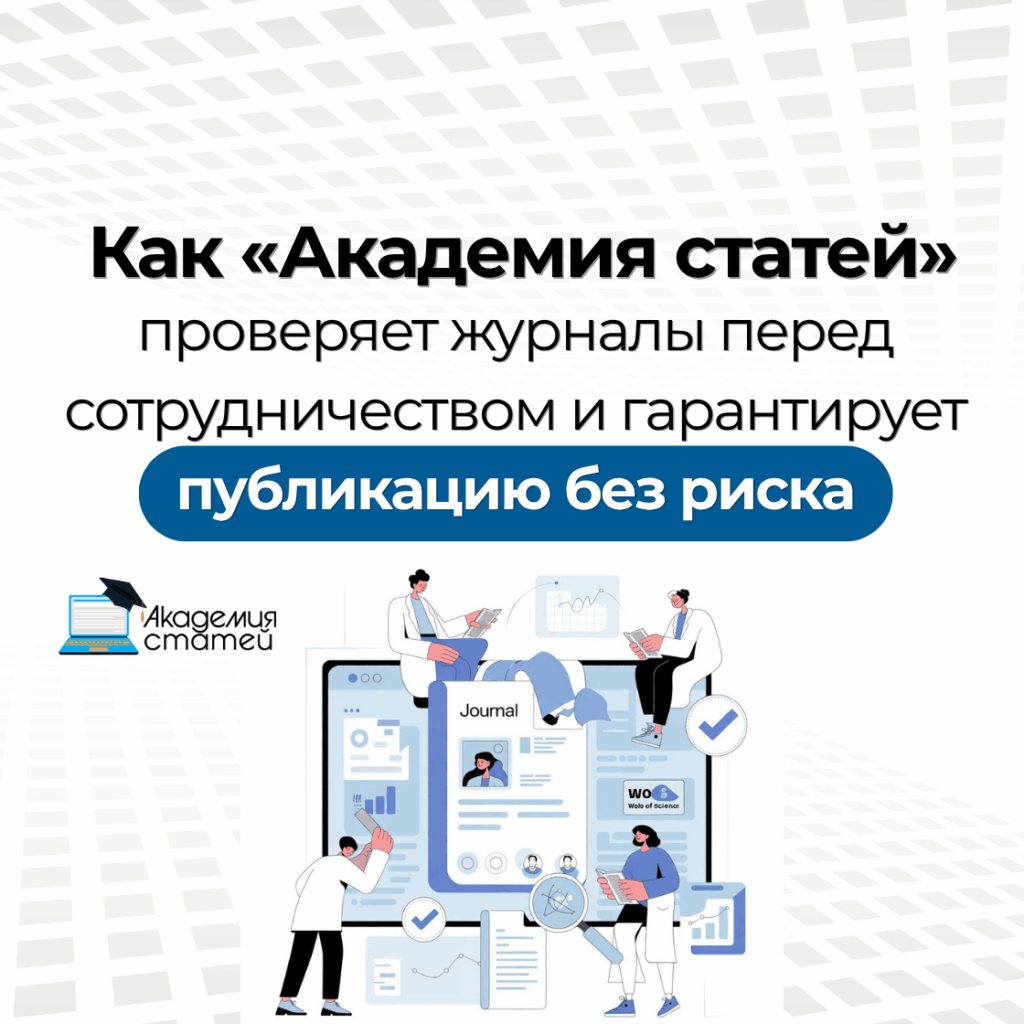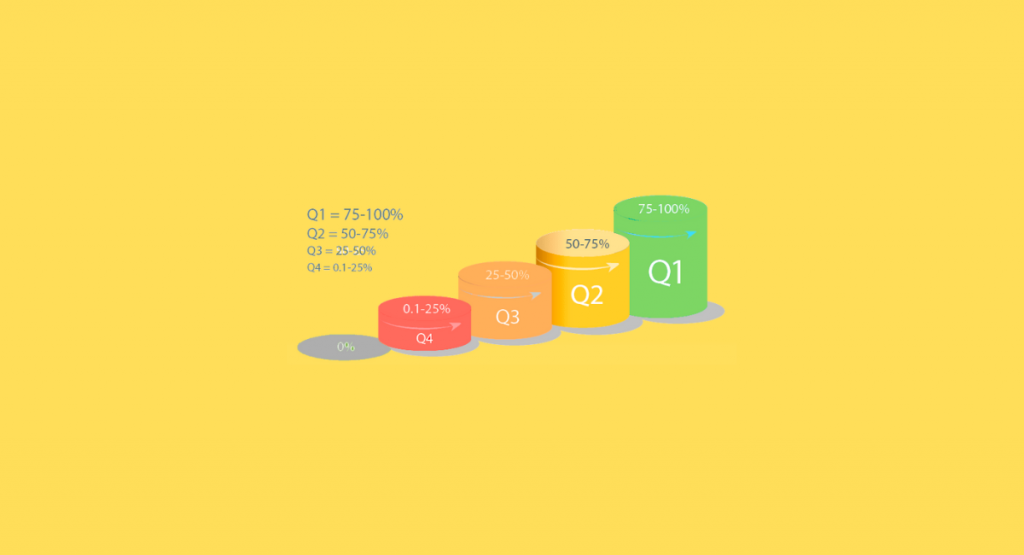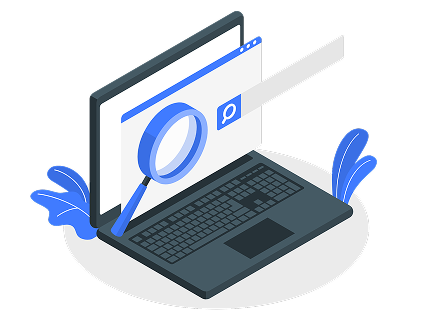1. Scopus and Scimago are not the same thing
Scopus — is an international database that indexes journals and displays their official metrics:
- CiteScore
- CiteScore Percentile
- Quartile (Q1–Q4)
And here it is Scimago Journal & Country Rank (SJR) - This separate analytical portal, which uses Scopus data but calculates indicators using its own methodology.
It is not part of Scopus, although it is based on the same data.
2. Different metrics – different results
IN Scopus is used CiteScore Percentile, which shows how highly cited a journal is in its subject category.
A Scimago applies SJR index, where not only the number of citations is taken into account, but also weight of citing journals - that is, how prestigious are those who refer to the article.
This is similar to the PageRank system that Google uses to determine the importance of websites.
3. Quartiles are formed differently
4. Where does the confusion come from?
Many authors believe that Scimago and Scopus give the same results.
In fact Scimago only interprets the data Scopus, but does not reflect them in real time.
For everyone official reports in Kazakhstan, including publication activity, dissertation defense and certification, is accepted exactly the Scopus quartile.
🔍 Want to be sure you're choosing a journal in the right quartile?
Even experienced researchers sometimes find it difficult to understand which data is considered official – Scopus or Scimago – and how to ensure that a journal is actually indexed in Scopus.
That's why Academy of Articles offers a service verification and selection of scientific journals in Scopus.
Our team:
- will check the journal against official data Scopus (CiteScore, Percentile, quartile);
- determine whether the publication is at risk of exclusion;
- will select a reliable journal in accordance with the topic, requirements and publication deadlines;
- If necessary, will accompany the article before indexing.

5. What is important for a scientist to know
If you are preparing a report or publication for inclusion in the assessment, please see:
✅ Scopus CiteScore Percentile - this is the official figure.
A Scimago can be used as a convenient additional analysis toolto evaluate dynamics, country statistics, or compare journals by subject.
6. Difference in data relevance
- Scopus updates indicators throughout the year: percentile and quartile reflect the current position of the journal.
- Scimago publishes updates once a year: currently the data there is for 2024, and new data will appear only in mid-2025.
That is, Scimago data always lag behind for at least several months.
7. Practical conclusion
✅ The main thing to remember:
Result
Understanding the differences between Scopus And Scimago helps avoid common mistakes when choosing a magazine.
Scimago can be used as an additional source of analytics, but the official and relevant indicator always remains the quartile Scopus.
It is important for researchers to focus not on visual ratings, but on the actual metrics of the database Scopus — they reflect the current status of the journal and are recognized by the international academic community.





